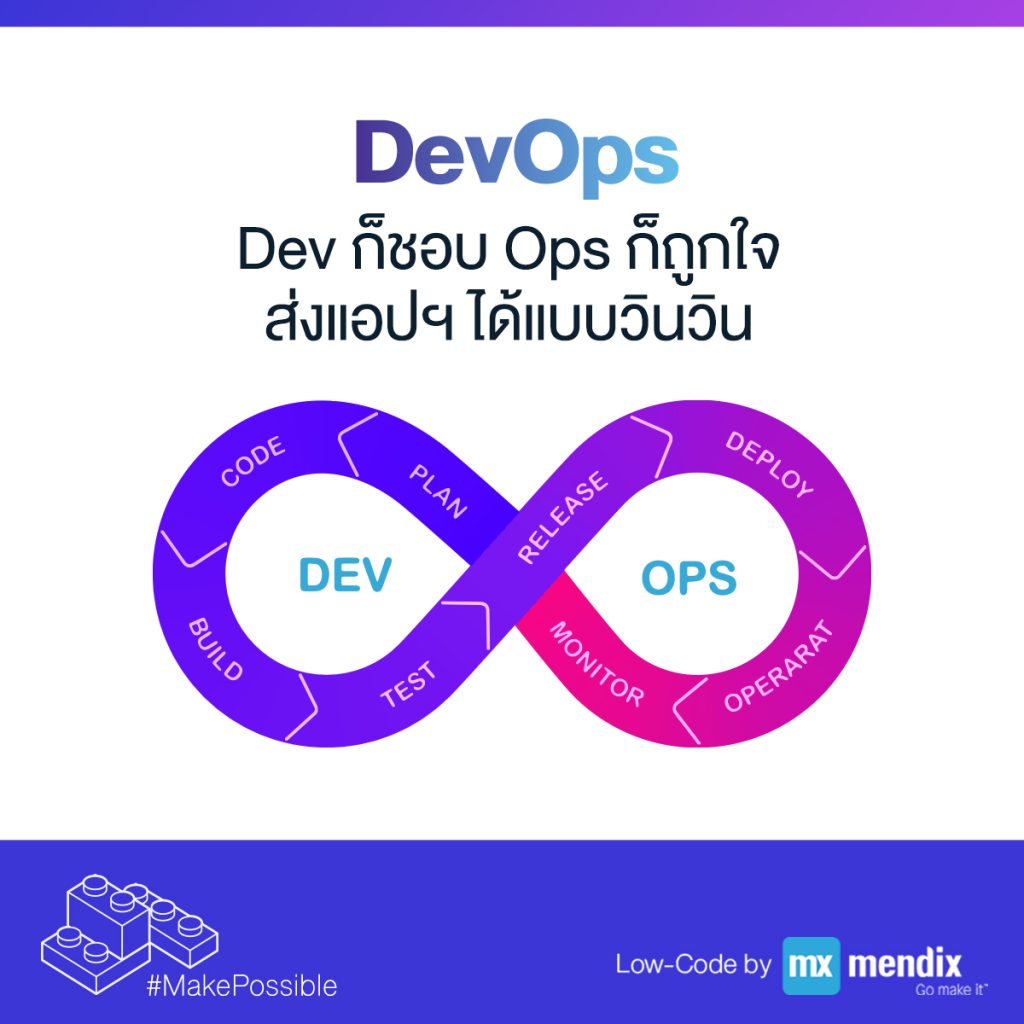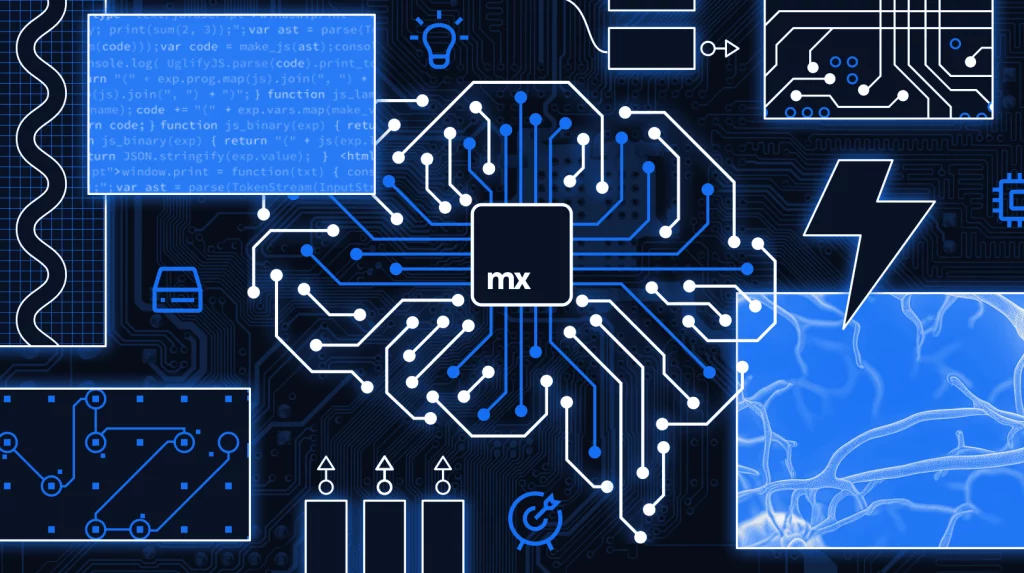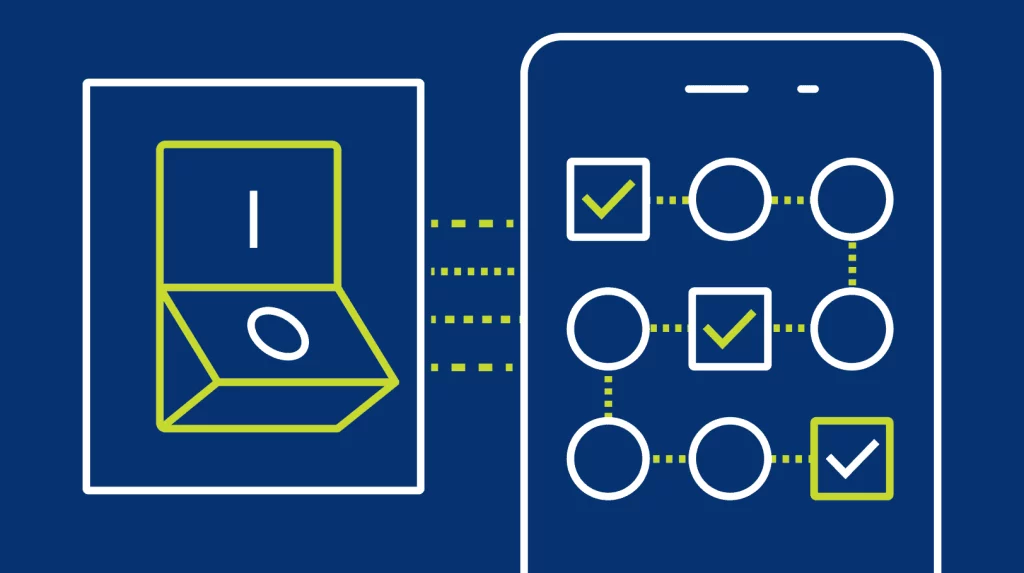
In our February 21st webinar, teammates Sukhpal Sran (Global Customer Advocacy at Mendix), Julia Chow (UX/UI Designer at Mendix), Marco Dogramadzi (Senior Consultant at Mendix), and Abel Verweg (Product Marketing Manager at Mendix) covered important tips and steps in making your first, (or second, or third), Mendix app a success.
Choosing the (first) app
Customers who have been part of a Mendix Portfolio Workshop in the past will be familiar with how to brainstorm and narrow down a list of potential first apps that are well-suited to be developed on the Mendix platform. At that point, however, deciding which one to go with can be a sticking point.
Here, the team at Mendix laid out:
- What types of apps work best when initially developing with Mendix.
- How to determine app complexity and what degree of complexity to aim for initially.
- When and why you should consider making reusable components.
What makes a good (first) app?
While with Mendix you can build virtually anything, even complex apps, some are better suited to being developed down the line after a team has had time to develop experience in the Mendix Platform. Here, Marco, Abel, and Sukhpal discuss key considerations, including:
- How much interaction will happen with this app?
- How extensible should your initial app be? (Don’t be limited by the audience (different personas that will be used))
- How much impact will this app have on your business?
Avoiding scope creep
Scope creep can happen easily, especially when it becomes apparent how quickly apps can be developed with Mendix. Managing scope creep is imperative, especially when it comes to the first few apps that are built with Mendix. Defining how complex your app will be at the start is one way to help head off scope creep in your Mendix project. Having an “MVP mindset” is another way.
MVP mindset and the development process
In the webinar, Marco defined the MVP mindset in the development process as: “…the first iteration of your application that provides value, that solves at least partly the problem that you set out to solve.” He went on to explain that having an MVP mindset during development helps to keep scope creep to a minimum as it helps to keep you focused on building an app that provides value in the first iteration. It’s easy to add value and important features in subsequent iterations, but getting the first iteration to the point that it is valuable gives the app a strong foundation to grow from.
User Acceptance Testing
An incredibly important part of the development process, user acceptance testing tends to go one of three ways:
- User testing is conducted while the app is being developed.
- User testing is conducted after development.
- Or, user testing isn’t conducted at all.
While both of the first options are workable, (each comes with its own pros and cons), the first method: testing while the app is being developed, is really the best way to go. The quick feedback while the app is still being developed means that changes and suggestions can be folded into development much quicker than if the app has been completed and developers are forced to navigate the complexities of making changes while in production. This scenario should be avoided at all costs.
UX/UI
According to Mendix UX/UI Designer Julia Chow, UX (user experience) and UI (user interface) are sometimes overlooked as development focuses on the function of the app first and foremost. Still, it is a key value driver for users in the long run. After breaking down the difference between UX and UI, Julia dove into how important it is to understand – and empathize with – the problems your users are facing that you are trying to solve. Knowing this will not only help to tailor the solution toward them, it will provide insight into the journey they will take while using the app.
On the UI side, think about the widgets and components that are the most suitable to create an interface that is meaningful to targeted users – things like buttons, tables, tap containers, form components, etc. Fortunately for developers, the Mendix Platform has some built-in widgets to use that can be found in the Atlas design system, along with default styling that can be customized to a particular brand.
Lastly, using the UI Resource Module to house brand-specific elements will make it easy to import them into future app builds, which will also speed up development time.
Deployment
It’s tempting to want to leave deployment to the end, but with so many ways to deploy apps built on Mendix, it’s worth deciding ahead of time where to deploy. From Mendix cloud, to Google Cloud, Amazon, Azure, or even an on-premises deployment in a data center, there are plenty of options to choose from.
Another consideration to make is whether or not to deploy during development so that users can test the app out.
So what does it all come down to?
Making your (first) Mendix app a success really boils down to three important takeaways:
- Thinking and developing in an MVP mindset.
- Aiming for a quick goal with a quick time to value to show the value achieved.
- Determining the right amount of complexity.
You can find even more details in the full webinar replay, here.
From: https://mendix.com/blog/recapping-the-webinar-making-your-first-mendix-app-a-success/


